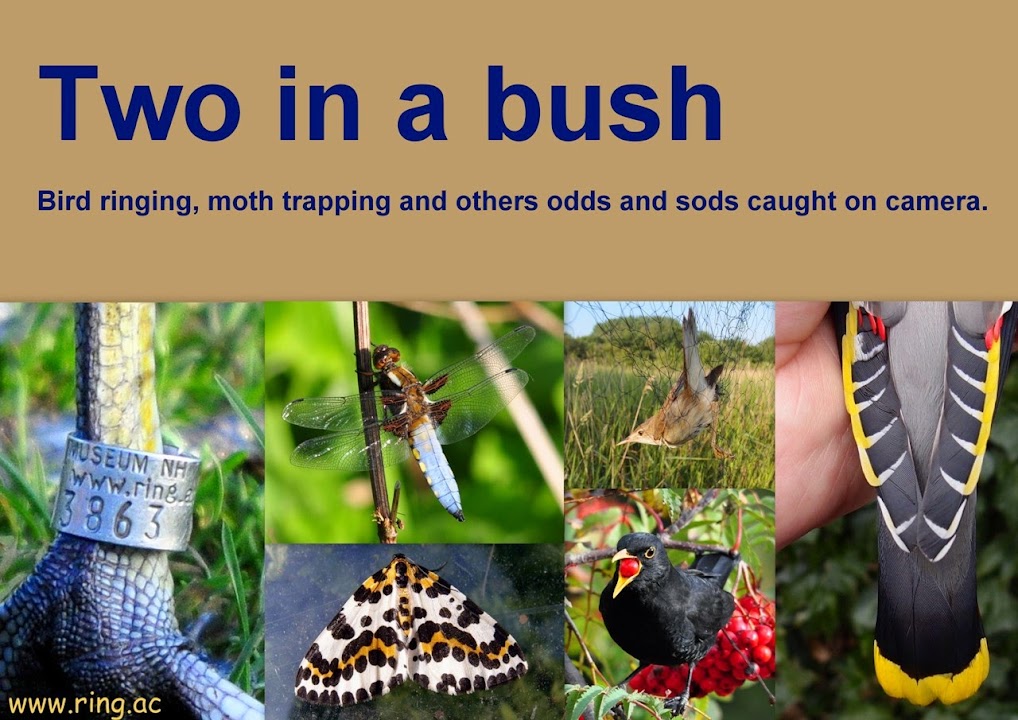The fact that bird keepers can have difficulty telling the sexes apart is interesting as they have the ability to observe the birds they want to sex over a period of time whereas ringers only have a very brief opportunity when the bird is ringed and examined prior to release. Most confusion for ringers occurs in autumn and winter and appears to involve more first year birds than adults but that is when most Goldfinches are caught for ringing and first year birds often make up the bulk of those catches. The perceived greater difficulty in telling the sexes apart in first year birds may largely be a function of the sample sizes involved and may not be a real difference between the different age groups.
It doesn't get any easier the more birds you catch either and this has been echoed by other ringers that have got in touch with me. The more birds you handle the more variation you get to see in the extent of the red face mask, appearance of lesser coverts and colour of nasal hairs and the combinations of those plumage features. The one thing that really hinders the refining of the sexing criteria and learning how best to apply them for me is the lack of known sex birds to test them with. I have previously said that I rarely catch Goldfinches during the breeding season when the presence of an incubation patch or cloacal protuberance can be used to confirm the sex of a bird. However I have put in a bit more effort in recent weeks and have managed to catch a few adult Goldfinches. Unfortunately I haven't caught anywhere near enough to see the full extent in plumage variation that is likely to exist but I still think it is worth showing images of some of the birds caught recently.
Confirmed male Goldfinch ringed 15/06/14:
 |
| The extensive and bright red mask on this bird is a good example of what a well marked male can look like. |
Confirmed female Goldfinch ringed 26/06/14:
 |
| The lesser coverts on this bird are text book female too and form a brown patch at the shoulder. |
 |
| The obvious incubation patch on this bird confirmed the sex as female. |
Confirmed female Goldfinch ringed 30/06/14:
 |
| The lesser coverts are similar to the previous female although the brown fringes are not quite as broad. However they still give the impression of a brown shoulder patch. |
 |
| This bird also had a very good brood patch and confirmed the sex as female |
Confirmed male Goldfinch ringed 30/06/14:
 |
| The red mask extends beyond the eye but not much further than the female above but the red is more crimson. The nasal hairs are clearly all black. |
Confirmed male Goldfinch ringed 30/06/14:
 |
| This bird has a crimson mask that extends behind the eye. There is even red streak that extends a long way behind the eye where the red meets the black of the crown. |
If you are wondering I didn't photograph the cloacal protuberance in any of the the males because I was ringing on my own and I just found holding the bird and blowing back the feathers and pointing the camera in the right place far too difficult but the sex of each male was confirmed in that way. I hope to catch a few more adult Goldfinches this month while there is still the opportunity to confirm their sex and before they start to moult and if I do there may be another post on this subject later this month.
A further update can now be found by clicking here.







No comments:
Post a Comment